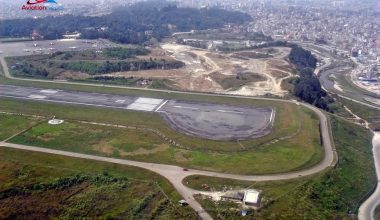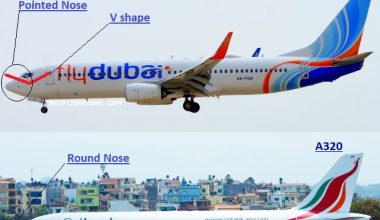Since last week’s announcement by the MoCTCA, a lot of discussions have been generated around TIA’s rights to ground handling. Currently, Nepal Airlines (NAC) provides ground handling for most airlines. Recently, dissatisfied by NAC’s services, Himalaya Airlines applied to CAAN to handle ground services itself. After all, Air India and Thai Airways already do the same. CAAN approved the request, only to have the Minister revoke the order and direct CAAN to force ALL three airlines to use NAC ground handling services. Furthermore, the Minister has also verbally agreed to award ground handling to NAC at the new Gautam Buddha International Airport (GBIA). So far, CAAN has not followed the directive from the Minister, and the unions at NAC have started to protest.

However, the fundamentals of running an airline versus running a ground services company are entirely different. In fact, there is a built-in conflict of interest for an airline to do both. For example, if there is a crunch on ground equipment availability, will they advantage their own operations versus that of other airlines? Also, is NAC getting billed (and paying) the same price as the other airlines using its ground services? Doesn’t that give it an unfair competitive advantage? Finally, each new ground handling operation will require additional ramp space, which is already at a premium in Nepal. In that sense, the Minister is right to want to have a single ground handler in Nepal. However, the experience and knowledge it takes to run efficient ground operations is a specialty of its own. IATA reports that over 50% of the ground handling is subcontracted to a specialized company in the world today.
It would greatly benefit CAAN to subcontract all ground handling to a single non-airline third party company like these ones. Soon there will be three international airports in Nepal, and that represents a massive workload. At the minimum, NAC ground handling should be spun off into a separate subsidiary and made to compete in an RFP against its foreign competitors. It would also bring transparency to the financial relationship between the airline and the ground handling side. In the end, all of the airlines would benefit from competitive pricing and higher quality service from the winning company.

However, here lies the problem. NAC makes Rs 4 Billion a year from ground handling. Because this sum is co-mingled with the airline revenues, it clouds the airline side of NAC’s dismal performance, which is an insignificant need for restructuring. This is why NAC management does not want to give up that piece of the business. Nevertheless, they could spin it off and have it compete against foreign companies. The union also said that CAAN would be defunded if NAC was stripped of ground handling services. That is not true. CAAN, which gets a royalty from the ground handling services, would continue to be funded for its safety and operations sides (to be split very soon) no matter who runs the ground services.
In conclusion, CAAN should immediately request that ground services be split off from the airline’s operations at NAC. Secondly, the ground handling should be unified amongst domestic airports and international airports. Finally, such services should be sent out for competitive bidding. Then again, that would be the mature, transparent thing to do.






